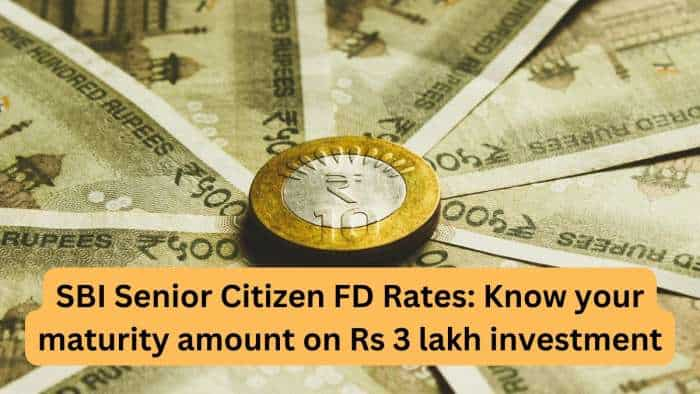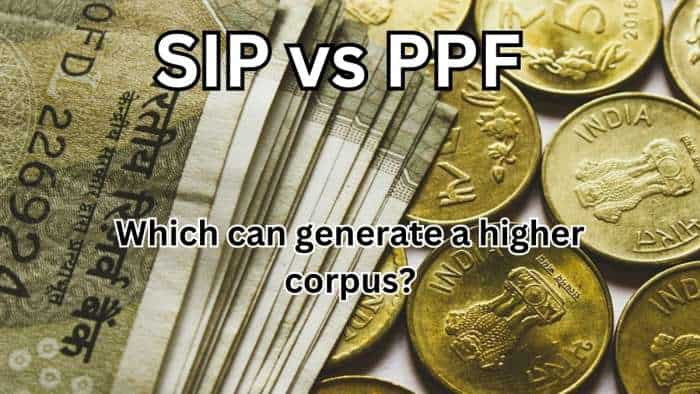RBI Financial Stability Report: Surprise! Banks asset quality improves; gross NPAs down
Since past few fiscal years, banks have been struggling with heavy stressed assets, which even impacted their ability to lend, weak net interest income (NII), higher provisions, all of which led to lackluster earnings.

The Reserve Bank of India (RBI) released the 18th issue of the Financial Stability Report (FSR). This December, 2018 report reflects the collective assessment of the Sub-Committee of the Financial Stability and Development Council (FSDC) on risks to financial stability of the country, as also the resilience of the financial system. One of the key highlights in this report was banking system's asset quality, which has surprisingly started to show improvement with gross non-performing assets (NPAs) decelerating during September, 2018 quarter.
Since past few fiscal years, banks have been struggling with heavy stressed assets, which even impacted their ability to lend, weak net interest income (NII), higher provisions, all of which led to lackluster earnings.
However, December 2018 Financial Stability Report of RBI shows different picture and looks like finally banks can rejoice.
According to RBI, asset quality of Scheduled Commercial Banks (SCB) showed improvement with gross non-performing assets (GNPA) ratio declining from 11.5% in March 2018 to 10.8% in September 2018.
Their net non-performing assets (NNPA) ratio also registered a decline during the period.

In a sign of possible recovery from the impaired asset load, RBI says, "The GNPA ratio of both public and private sector banks showed a half-yearly decline, for the first time since March 2015, the financial year-end prior to the launch of Asset Quality Review (AQR)."
Restructured standard advances (RSAs) ratio steadily declined in September 2018 to 0.5% following the withdrawal of various restructuring schemes in February 2018.
RBI says, "This suggested increasing shift of the restructured advances to NPA category. Even the y-o-y growth in GNPA of SCBs decelerated in September 2018 across all bank groups barring foreign bank."
Meanwhile, the report explained that, provision coverage ratio (PCR) of all SCBs was higher in September 2018 as compared to March 2018, with improvements noticed for both PSBs and PVBs.

Distribution of banks’ GNPA ratio shows that number of banks having GNPA ratio less than 10% has gone down in September 2018 as compared to March 2018.
In fact, capital to risk-weighted assets ratio (CRAR) of SCBs declined marginally from 13.8% in March 2018 to 13.7% in September 2018.
CRAR of PSBs declined from 11.7 per cent to 11.3%. There was a marginal decline in Tier I leverage ratio of the SCBs between March and September 2018.
Following which, RBI now believes that, projected GNPA ratio under the baseline scenario may decline from 10.8% in September 2018 to 10.3 per cent in March 2019.
Get Latest Business News, Stock Market Updates and Videos; Check your tax outgo through Income Tax Calculator and save money through our Personal Finance coverage. Check Business Breaking News Live on Zee Business Twitter and Facebook. Subscribe on YouTube.
RECOMMENDED STORIES

SBI Senior Citizen FD Rates: Want to invest Rs 3,00,000 in SBI FD? You can get this much maturity amount in 1 year, 3 years, and 5 years

EPS Pension Calculation: Rs 40,000 basic salary, 30 years of service, what will be your monthly EPS pension amount?

Retirement Planning: How one-time investment of Rs 11,00,000 can create a Rs 3,30,00,000 retirement corpus
07:55 PM IST









 RBI Financial Stability Report: Breather in asset quality for banks in these sectors
RBI Financial Stability Report: Breather in asset quality for banks in these sectors Happy New Year 2019! Good news! RBI Financial Stability Report out; Banks back on track
Happy New Year 2019! Good news! RBI Financial Stability Report out; Banks back on track